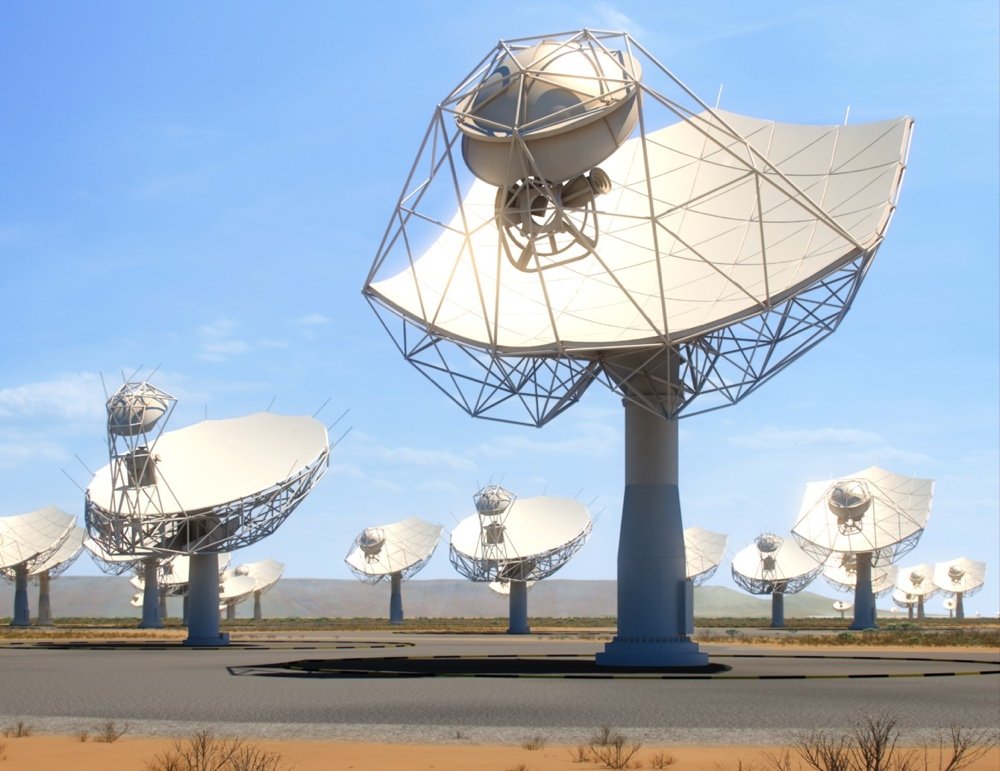Largest radio telescopes in the world
Largest radio telescopes in the world are used by professional radio astronomers, and often you can also visit them. Radio telescopes are extraordinary instruments, equipped with giant parabolic antennas or other, designed to work as single instruments or as interferometers. They are used to study objects in the Universe in radio waves frequencies but often are also used for satellite communication or studies of Earth’s atmosphere. Here you have a list with some of the largest radio telescopes in the world and a brief description for each instrument.
Very Large Array – VLA (USA)
Probably one of the most famous radio telescopes in the world thanks to films like “Contact”, it uses 27 Cassegrain antennas each 25 meters diameter that can be moved along a Y shaped rail system.
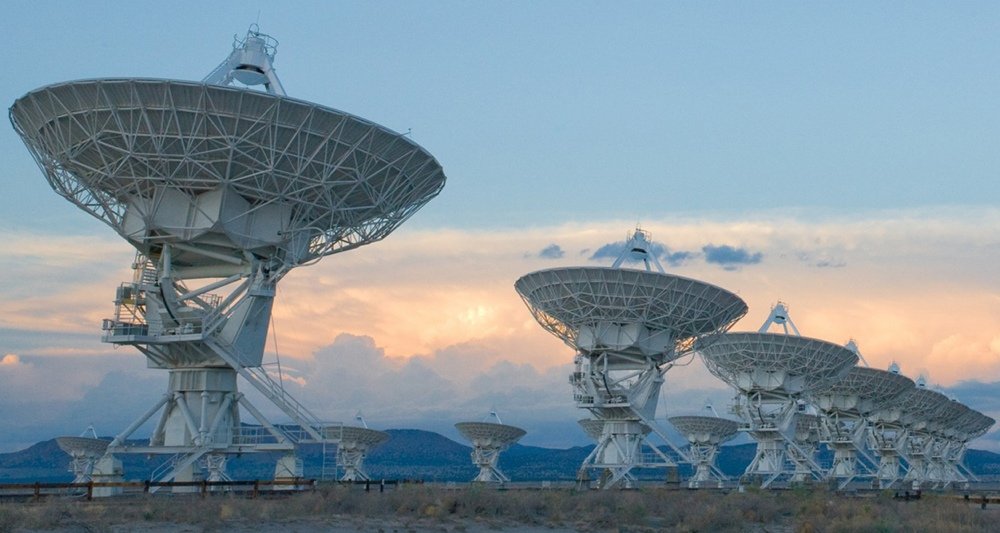
Arecibo (Puerto Rico)
Up to 2016, it was the largest parabolic antenna in the world, thanks to its 305 meters diameter. The antenna was placed on a natural depression in the ground and it has no mount: the radio telescope can point different sky regions moving the central feedhorn.
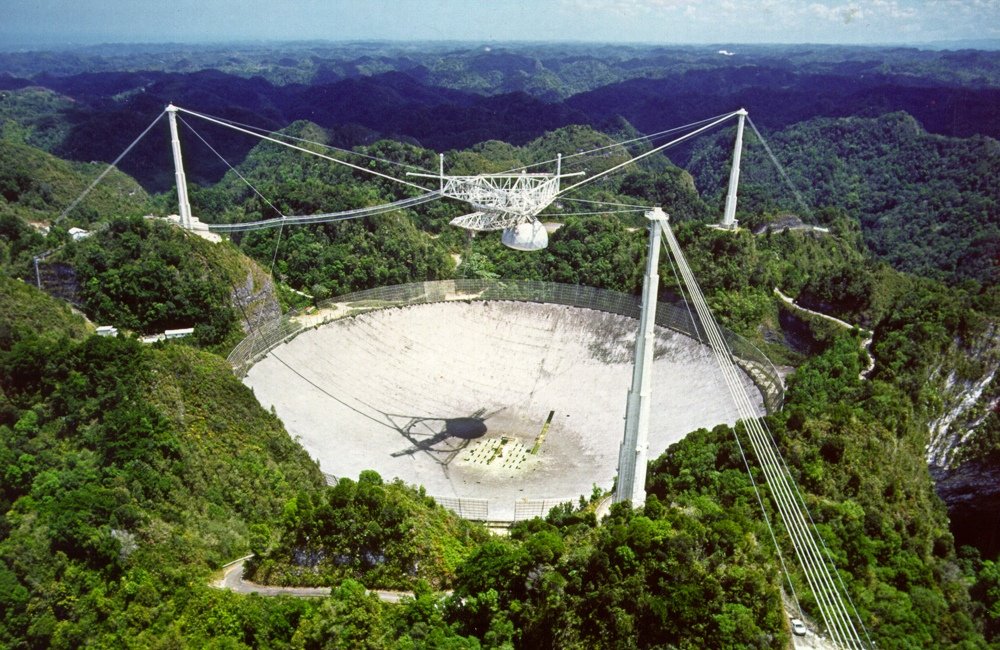
GBT (USA)
The Robert C. Byrd Green Bank radio telescope has a parabolic antenna with asymmetric surface and an off-axis illumination. In Green Bank there are also other large radio telescopes such as the 43-meter diameter one with equatorial mount.
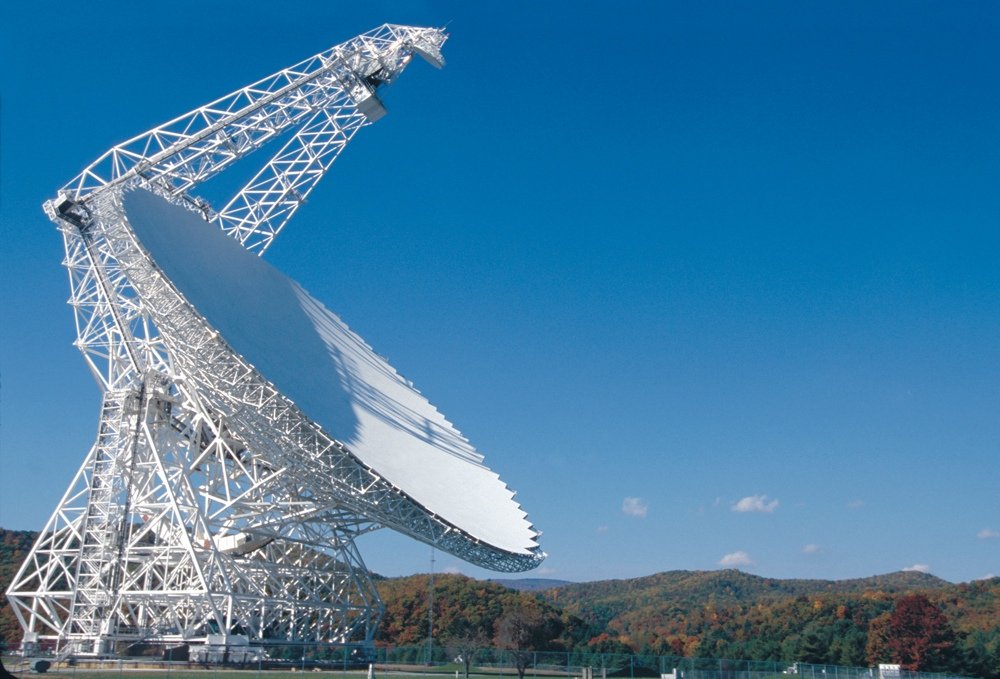
Atacama Large Millimeter/submillimeter Array – ALMA (Chile)
The ALMA radio telescope includes many 7 and 12 meters diameter parabolic antennas that have been installed in Atacama desert in Chile, about 5000 meters above sea level. Thus, it will study also the high radio frequencies usually blocked by the atmosphere.
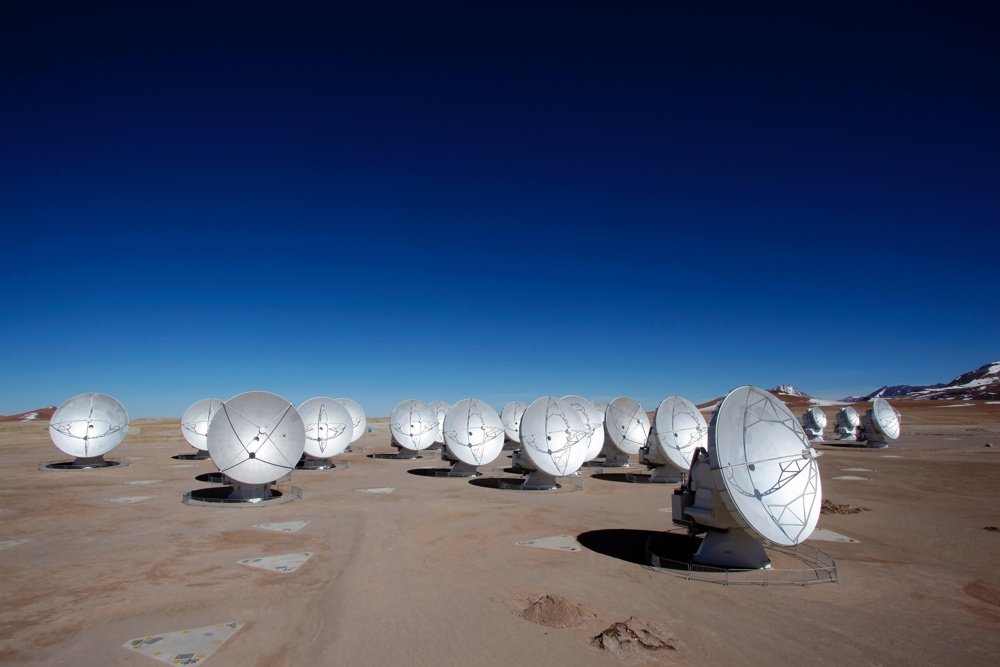
FAST (China)
The Five-hundred-meter Aperture Spherical radio Telescope (FAST)) is a radio telescope located in southwest China. It consists of a fixed 500 m diameter dish constructed in a natural depression in the landscape and it is the world’s largest filled-aperture radio telescope.

Effelsberg (Germany)
Thanks to the huge 100 meters diameter parabolic antenna, this is one of the largest radio telescopes in the world. This radio telescope weighs 3200 tons and it takes 12 minutes to make a complete 360 degrees rotation.
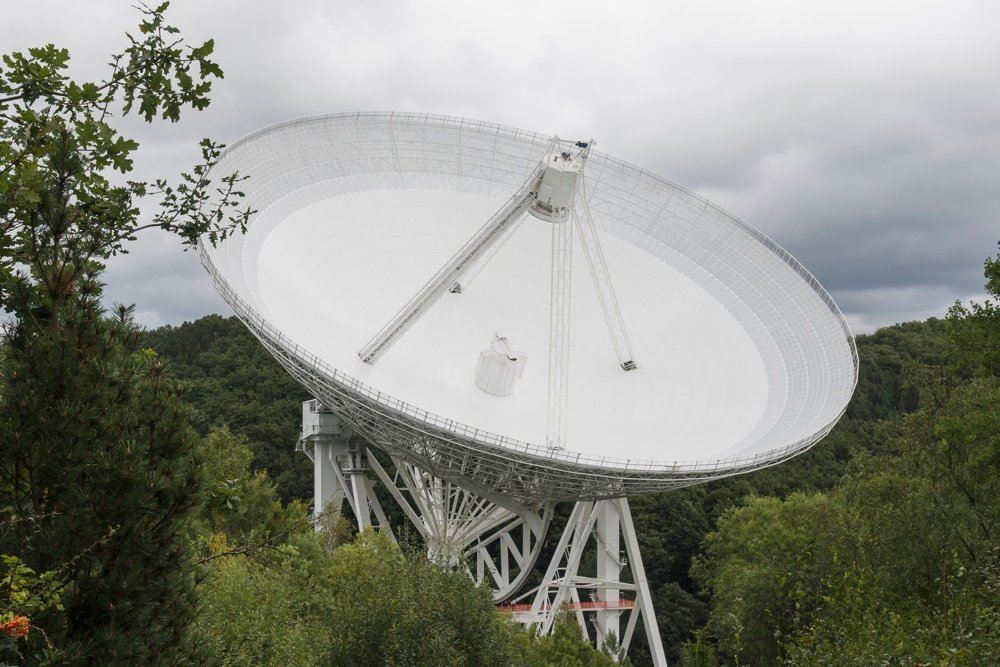
Medicina (Italy)
Near Bologna there are two radio telescopes: the “Northern Cross” that consists of an array of antennas in two perpendicular arms and a 32 meters diameter parabolic antenna which is also used in interferometric observations.
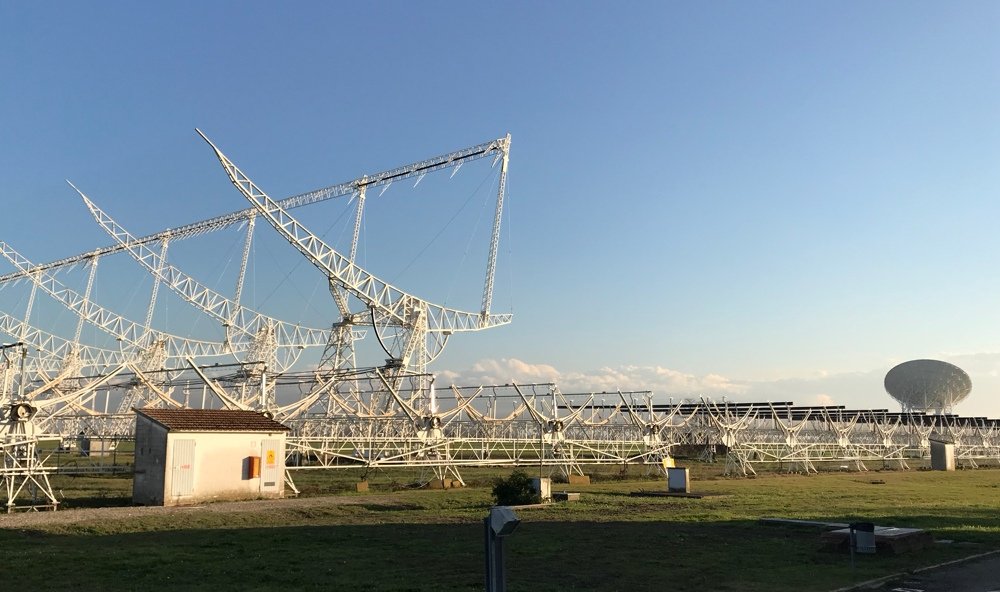
Sardinia Radio Telescope (Italy)
This radio telescope, built 35 kilometers away from Cagliari, uses a 64 meters diameter parabolic antenna designed with high accuracy (among the best of several radio telescopes in the world) in order to allow recording at high frequencies (up to 100 GHz).
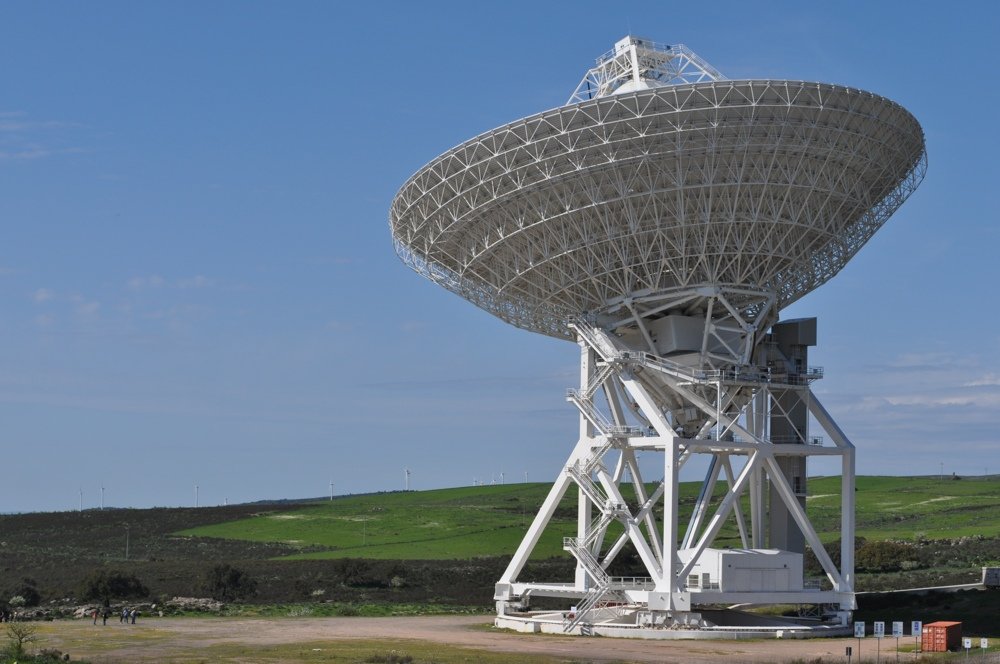
Lovell Radio telescope (England)
With its 76 meters diameter antenna, this instrument is one of the largest radio telescopes in the world with movable reflector. It is located in Jodrell Bank (England) and it’s part of English MERLIN interferometer system.
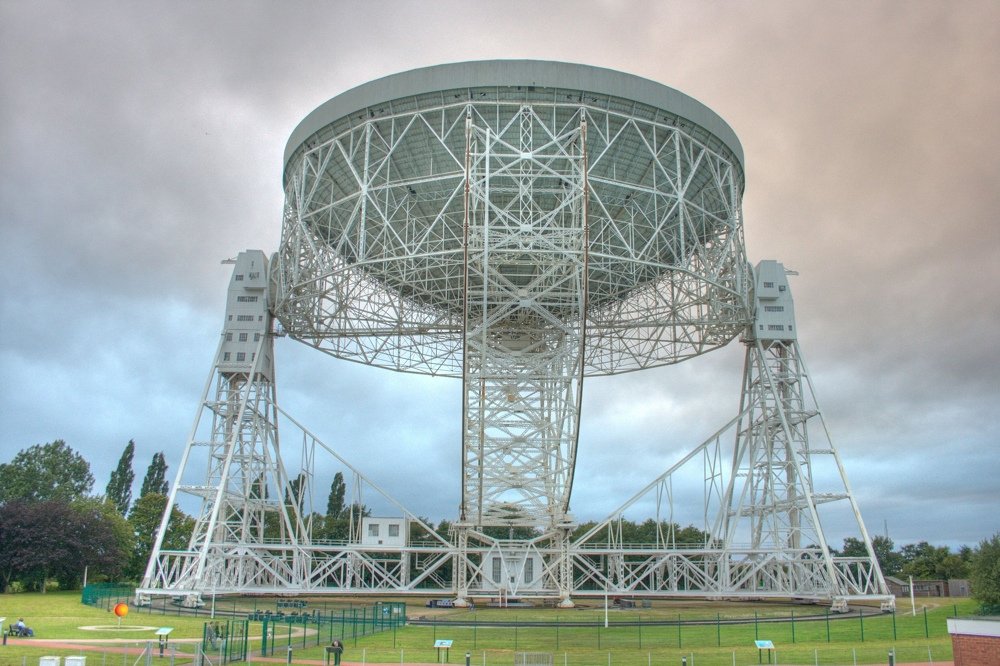
Parkes (Australia)
Parkes Observatory is located in the south-eastern Australia and it uses a great 64 meters diameter parabolic antenna. In addition to radio astronomy, it was also used to collect the Apollo 11 transmissions coming from the Moon.
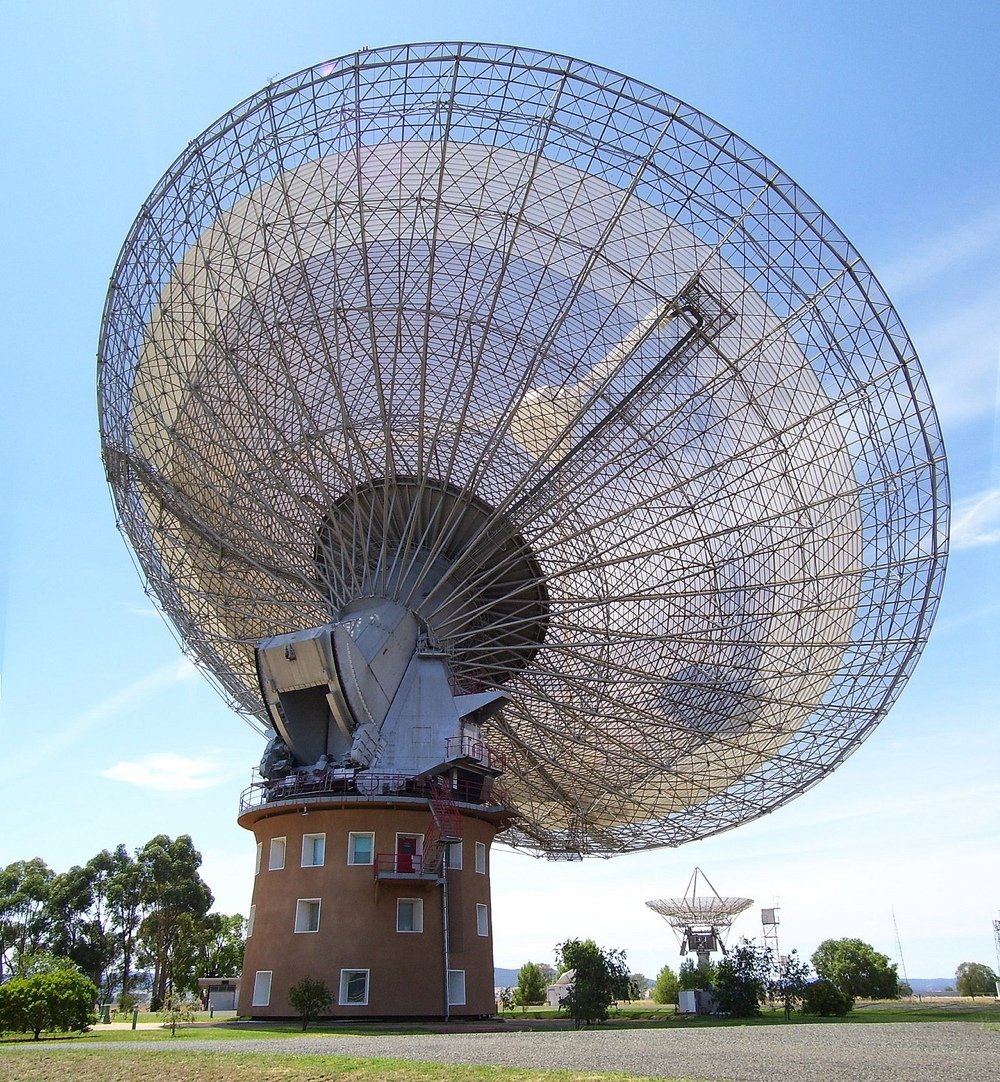
Square Kilometer Array – SKA
Currently under study, it uses a network of thousands of antennas installed both in Australia and in South Africa. Combining the recorded signals, it will be possible to obtain a collecting area equivalent to the one of 1 square kilometer parabolic antenna.
